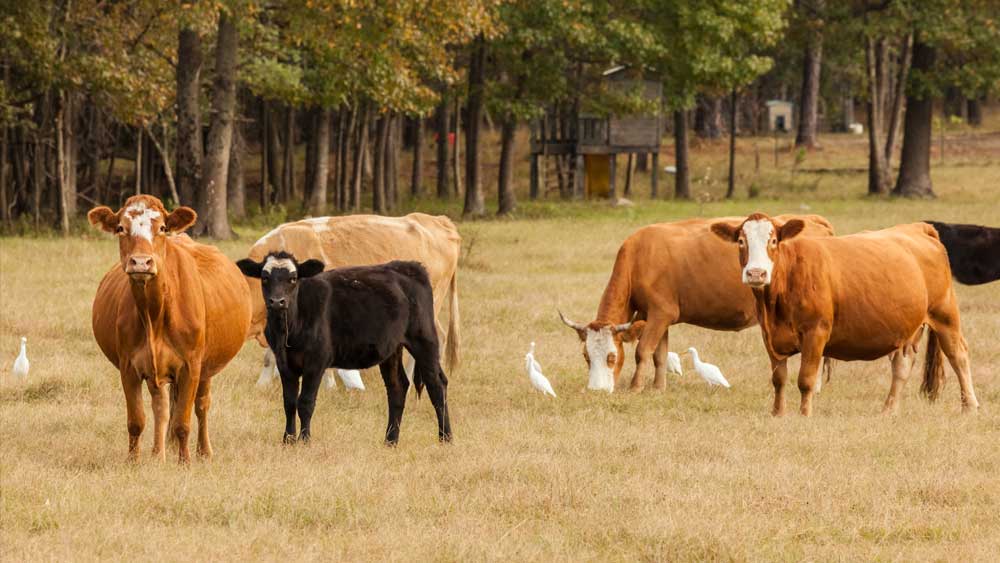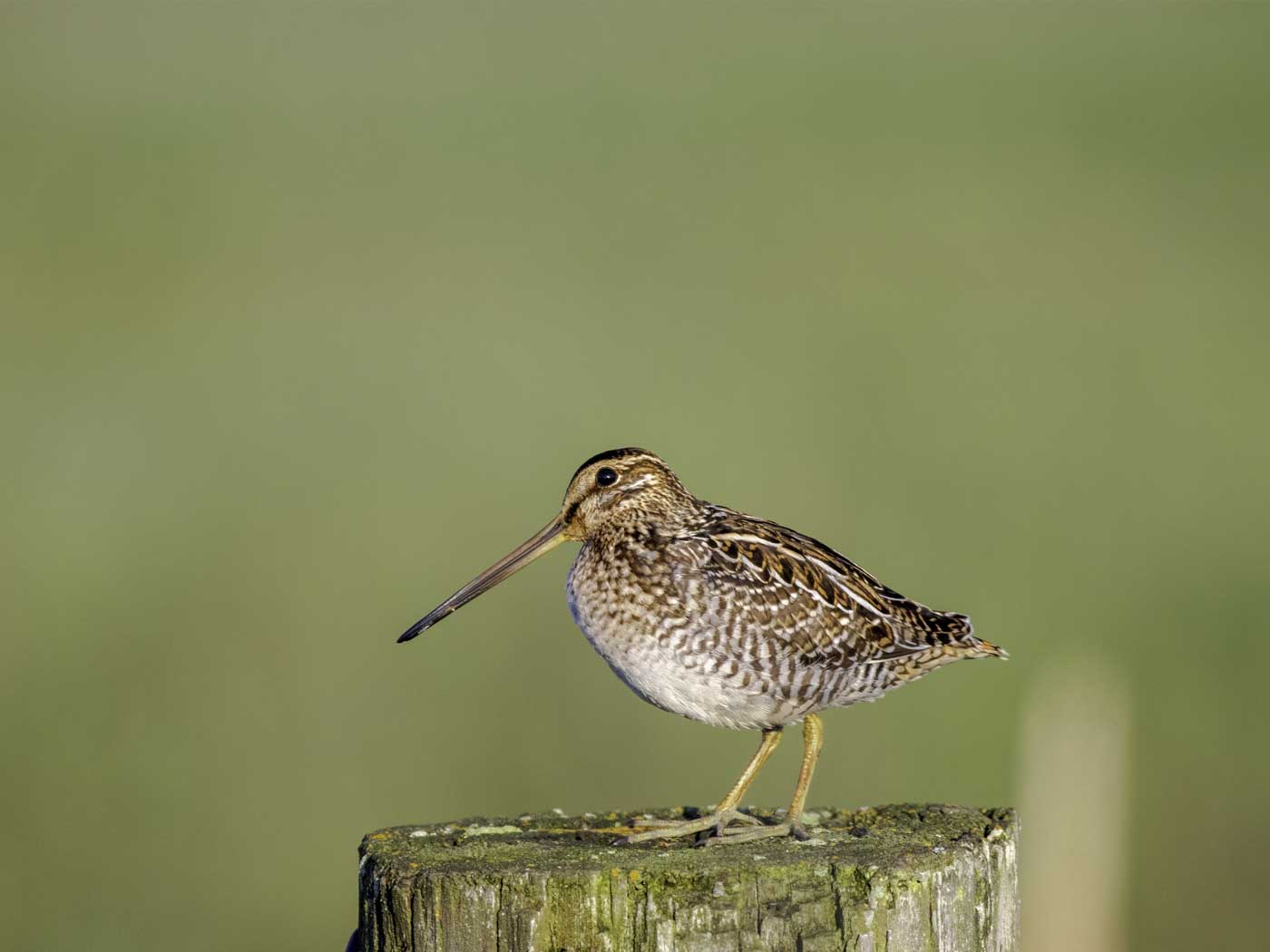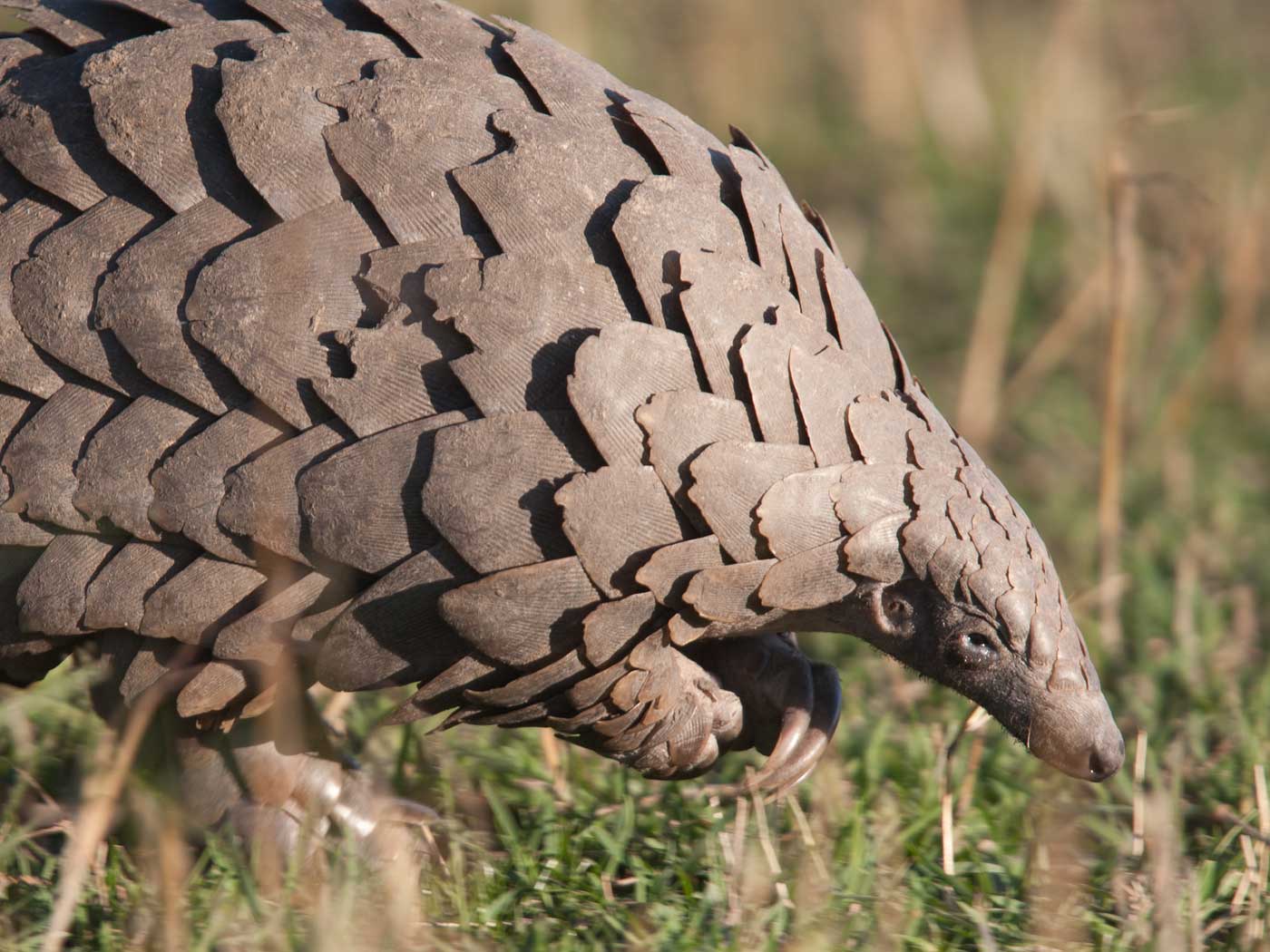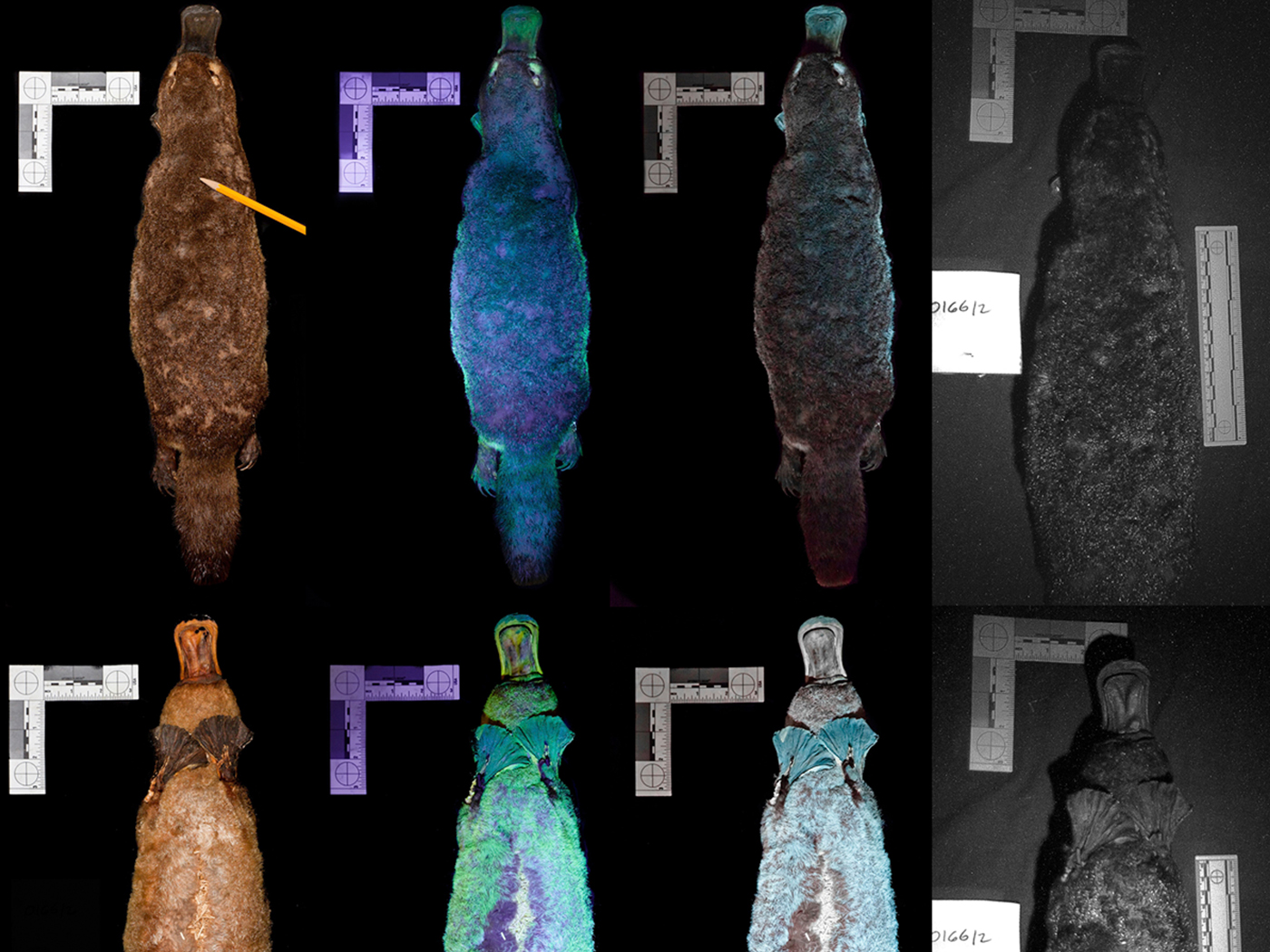Nowadays, many folks experience “cabin fever,” but are banned from ordinary travel and social activities.1 However, some get out of the house—yet stay home—by investing time and labor outdoors, doing yardwork and gardening.
For many Americans, it is enough of a challenge at this time of year to trim tree branches, remove weeds (hopefully by the roots), add weed-and-feed to lawn grass, mow the grass, and weed-whack wherever needed. Since tending to one’s own yardwork is a permissible outdoor activity, many are using their extra time at home to maintain their lawns.
Yet, in other places where large grassy areas abound—such as ranchlands of America’s Great Plains—wild grasses constitute “all-you-can-eat” pastures for domestic cattle.2 And where you find cattle herds and pastures, you often also find their small white heron-like neighbor Bubulcus ibis, the cattle egret.3 Actually, providential partnering between grass-munching bovines and cattle egrets is an example of neighborly mutualism.
Being a good neighbor is a good standard to live by. Good neighbors help one another. In fact, as the New Testament indicates, it’s the biblical norm for how to treat one’s neighbors.4
To some extent, this type of win-win situation often occurs with cattle egrets over most of the world. They ecologically partner with domesticated bovines (cattle) and other large mammal herbivores such as bison, water buffalo, bison, horses, zebras, donkeys, camels, giraffes, antelope, rhinoceroses, etc.
In short, large mammals graze in tall grasses where bothersome insects (like grasshoppers and crickets) and parasitic ticks abound, stirring up the bugs wherever they walk. As the bugs move, reactively, their own motions betray them as moving targets—and often as fast-food—for the cattle egrets who “chaperone” the pasturing cattle.5 Likewise, cattle egrets are not shy about perching atop cattle to eat whatever insects, ticks, or insect larvae may be trespassing on beleaguered bovine bodies.5
The benefit to the birds is obvious—convenient meals, either on the bovine skin or in the stirred grasses that bovine feet brush against, causing bugs to show themselves as moving targets. The egrets just need to watch out for the bovine hooves.
The cattle benefit as well. They have no hands to dislodge the pestering bugs (many of which are noxious parasites) off their backs or to shoo away bugs that initially flit about near their feet and might soon land on the bovine’s legs or back.
The bugs really bug the bovines! So, the insectivorous habits of the bug-munching birds are a welcome relief, providing blessing to the cattle—assuming egrets live nearby.
Actually, the cattle egret is an African emigrant. Cattle egrets migrated from Africa to South America more than a century ago.5,6 After migrating northward more than 70 years ago, cattle egrets quickly colonized the southern regions of North America, and then expand their ranges further north.5,6 In some parts of America, they are established as seasonal migrants. In other parts, they reside year-round.3
And they are easy to recognize, especially during breeding season. Although the plumage of these egrets is mostly white, accented by yellow bills and yellow legs, during breeding season these egrets have golden “mustard” markings (resembling buff-colored blotches) on their breasts, backs, and crowns. The breeding season begins about around April and lasts until November.3
So, if you live near a pasture where cows are grazing, look at the grass near the cattle’s hooves. You might see a few cattle egrets satisfying their hunger and being a good neighbor.
This helpful association exhibits mutualistic neighborliness, not cutthroat competition. Thus, this mutually beneficial pasture-land partnership clashes with the Darwin’s overly pessimistic portrayal of nature as dominated by “kill-or-be-killed” selfishness.7
So, do the cattle egrets have a lesson for us?
Opportunities abound to be helpful to someone who is (or who is like) a neighbor. In disruptive times—as America eagerly anticipates returning to post-coronavirus normal—it’s good to be reminded that neighborly helpfulness is actually a blessing to both the helpful giver and the recipient.8
References
1. Johnson, J. J. S. When Travel is Restricted, Be Honest and Trust God. Creation Science Update. Posted on ICR.org April 4, 2020, accessed April 7, 2020.
2. Johnson, J. J. S. 2017. Dung Beetles: Promoters of Prairie Preservation. Acts & Facts. 46(1):21.
3. Peterson, R. T. 1980. Peterson Field Guides: A Completely New Guide to All the Birds of Eastern and Central North America, Volume 1. Boston, MA: Houghton Mifflin, pages 102-103, and Map # 94.
4. Romans 13:9.
5. Staff writer. 2020. All About Birds: Cattle Egret. The Cornell Lab. Posted on allaboutbirds.org, accessed April 7, 2020.
6. Alerstam, T. 1993. Bird Migration. Cambridge, UK: Cambridge University Press, 45.
7. Neighborly “mutual aid” is actually quite common, ecologically speaking, even in this fallen world. Johnson, J. J. S. 2018. Grand Canyon Neighbors: Pines, Truffles, and Squirrels. Acts & Facts. 47(10): 21.
8. Acts 20:35.
*Dr. Johnson is Associate Professor of Apologetics and Chief Academic Officer at the Institute for Creation Research.

Cabin Fever, Cattle Egrets, and Pasture-land Partnerships
The Latest
May 2024 ICR Wallpaper
"Have I not commanded you? Be strong and of good courage; do not be afraid, nor be dismayed, for the LORD your God is with you wherever you...
Was a Key to Photosynthesis Evolution Discovered?
Northern Canadian lakes were the source of recently discovered unique photosynthetic bacteria of the phylum Chloroflexota. After years of culturing,...
CREATION PODCAST
Four Moons That Indicate a Young Universe | The Creation Podcast:...
Earth has one moon, but Jupiter has many! What can we learn from our celestial neighbor's satellites? Do they indicate youth?
Host...
Creation Kids: Seeds and Sprouts
by Renée Dusseau and Susan Windsor*
You're never too young to be a creation scientist and explore our Creator's world. Kids, discover...
APOLOGETICS
Christ’s Creativity in Canyon Critters
Grand Canyon animals display many marvelous traits and behaviors as they live life in that harsh habitat. These canyon creatures succeed thanks to the...
Standing Against False Science
I’m Michael Stamp, and I’m in my 12th year as an editor at the Institute for Creation Research. It’s always an encouragement to see...
Oysters and Pre-Flood Longevity
The oyster species Crassostrea virginica, also known as the eastern oyster, is a prized seafood. Research has demonstrated that a fossil version of...
Galápagos Finches: A Case Study in Evolution or Adaptive Engineering?
A group of birds known as Darwin’s finches live in the Galápagos Islands, which are located in the Pacific Ocean 600 miles west of Ecuador....
Hot Springs National Park: Hydrothermal Springs Formed By The...
Hot Springs National Park is located about an hour southwest of Little Rock in the folded Ouachita Mountains of central Arkansas. It is the second smallest...
Why Biology Needs A Theory of Biological Design—Part 2
“Based on a true story” is included by movie producers to add authenticity, importance, and a flair of anticipation. So, my account of how...

























